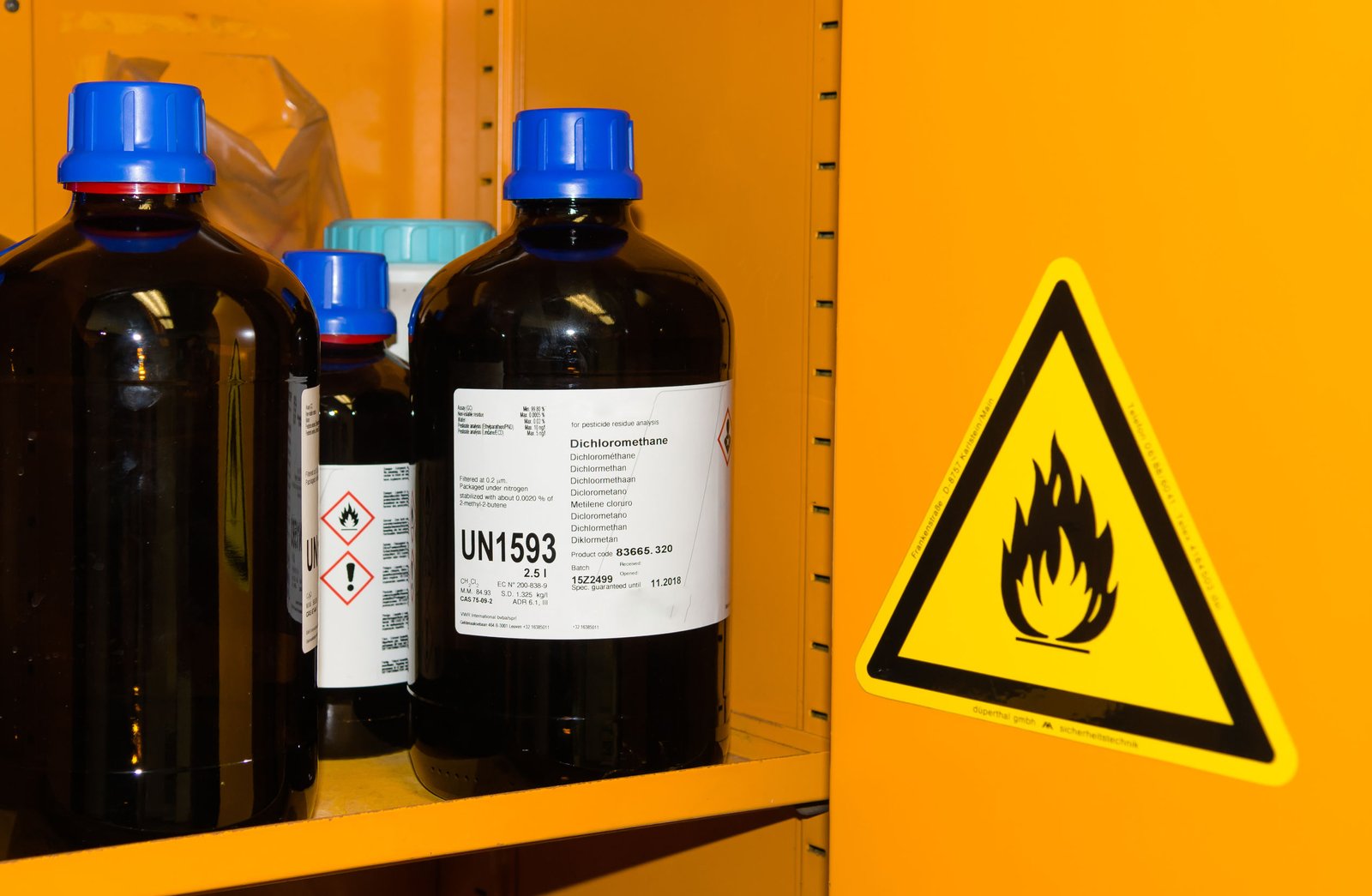
Care and Storage of Hazardous Materials
The care and storage of hazardous materials is vital to the overall safety and wellbeing of your workplace. Everybody knows that certain dangerous chemicals need to be kept in storage drums to avoid contact with skin, but you should never forget that spills happen as well. To prevent accidents in the workplace, you should invest in spill trays and Eagle drum platforms, which can keep liquids contained should they get out of their designated storage receptacles.
Spill Trays
Typical spill trays are made of high-density polyethylene that makes them resistant to corrosion or damaged caused by abrasive chemicals. You place a spill tray underneath a storage drum or container, and it makes sure that any splashes or leaks from that container don’t wind up on the floor. A pill tray has a ribbed bottom to prevent slipping. Even with the use of these trays, you should still keep a vigilant eye on the storage drums atop of them. If you notice that a spill tray is beginning to fill, there may be a leak that requires immediate attention. After repairing any leaks or removing nonfunctional storage drums, be sure to clean the tray thoroughly before using it again.

Drum Platforms
Spill trays and basins are good if you would otherwise have the storage drum on the ground and need to catch any stray droplets. On the other hand, some storage drums contain materials that is hazardous enough that you want to prevent any potential damage to the bottom of the receptacle. Environments where the a drum on the ground might get pierced or where corrosive material might weaken the integrity of a storage drum calls for a secure drum platform. These polyethylene structures resemble pallets, but also include drains which help deal with unexpected leaks. A drum platform can also be moved using a pallet jack, allowing you to transfer the containers on top easily if needed.
Signage and Labeling
Even with the use of spill trays and drum platforms, proper notification of the materials being stored and the hazards they present makes a major difference in ensuring safety within the workplace. If you have storage drums that are usually kept stationary, make sure that the area where they are kept has signs warning of hazardous material and, if appropriate, caution tape on the floor to outline the area in which they are typically kept. The clearer you are, the less likely there is to be a misunderstanding. Clearly labeling the area also allows people operate forklifts or pallet jacks to steer clear of plastic drums that might get punctured do to a miscalculation in steering.
Any site that uses plastic storage drums for toxic or flammable chemicals should have additional equipment and signage around to protect from spills. The use of spill trays and drum platforms can keep spills contained and give you time to respond properly. They can also protect the drums themselves from damage, ensuring that they will continue to serve their purpose for many years to come.




